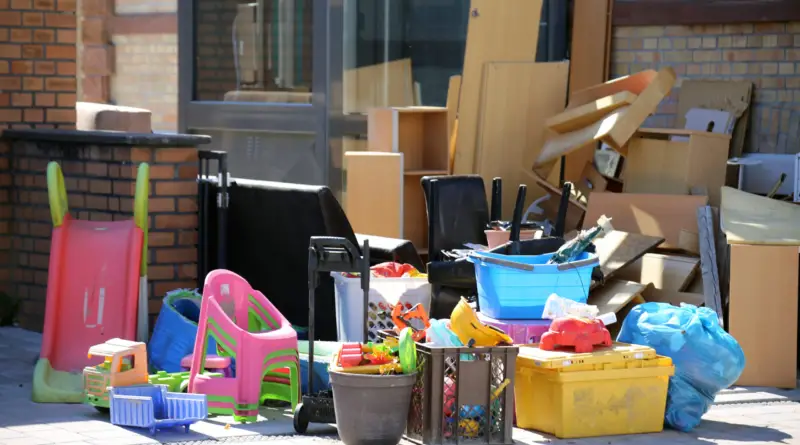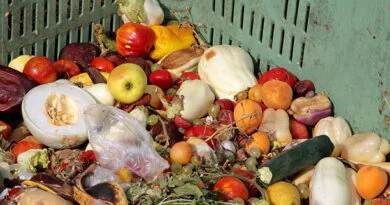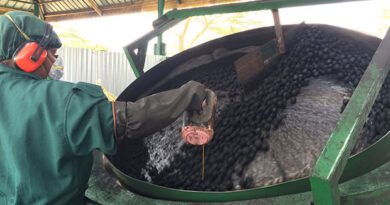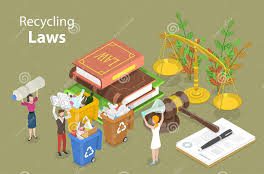The Products Derived from Bulky Wastes
Bulky wastes are huge home goods that, due to their size or form, are challenging to dispose of in a standard rubbish can. Mattresses, appliances, furniture, and tires are a few examples of bulky wastes.
Depending on where you reside, these things often need to be properly disposed of. For bulky garbage, some towns offer designated drop-off locations or In other cases, you would need to contact a private waste disposal business or others that offer wastes collection services.
Bulky wastes must be disposed of appropriately to prevent Bulky wastes must be disposed of appropriately to prevent them from becoming trash or posing a safety risk.
The Products Derived from Bulky Wastes

Bulky wastes may be used to create a wide range of goods, including:
(1) Refuse-Derived Fuel (RDF)
RDF is a particular kind of fuel that is made from Waste from homes and businesses, including large objects like furniture, appliances, and large objects like furniture, appliances, and building supplies.
The waste materials must be crushed and dried to decrease their volume and moisture content as part of the production of RDF. The generated fuel may replace fossil fuels like coal or natural gas in power plants or cement kilns.
RDF may assist in lowering greenhouse gas emissions by offering a renewable energy source and by removing garbage from landfills, where it would otherwise decay and produce methane, a powerful greenhouse gas used often in cement kilns, power plants, and other industrial facilities.
(2) Compost
Bulky waste, sometimes referred to as huge home objects, is waste that is too big to fit in a trash can or recycling bin. Furniture, appliances, and large home devices are examples of bulky garbage.
Items that fit into this category could sometimes be compostable, albeit it will depend on the particular item and the kind of composting system being utilized.
For instance, yard waste and food scraps may be readily composted in a home compost bin or in a communal garden’s composting system.
Furniture and appliances, for example, could not decompose in a composting system or might contain pollutants that cannot be composted properly.
In certain situations, it could be essential to get rid of the large amounts of garbage in another way, either via collection service.
Read Also: The Products Derived From Biomedical Wastes
Before trying to compost an object, it’s crucial to thoroughly evaluate the elements and components of the item. Consult your neighborhood trash management company or a composting specialist for advice if you’re unclear if an item can be composted.
Composting is a method for decomposing large waste items to produce a nutrient-rich soil amendment for use in agriculture and gardening.
(3) Recycled Materials
Large, difficult-to-dispose-of things like furniture, appliances, and tires are referred to as bulky waste materials. Depending on the state of the materials and the recycling often be recycled or used for other purposes.
Here are some suggestions for recycling or reusing large amounts of waste:
i. Contribute in-good-condition things to a thrift shop or a nonprofit organization.
ii. Sell still-usable stuff on websites like eBay or Craigslist.
iii. Contact your local recycling facility to find out whether they take certain big goods, including appliances, tires, or electronics.
iv. Seek for businesses that specialize in recycling or upcycling large goods, such as those who convert used tires into furniture or playground equipment.
Consider using a rubbish removal service to get rid of large waste items that can’t be recycled or put to good use. Metal, plastic, and glass are just a few of the large waste materials to create new items.
Read Also: Agricultural Wastes Complete Management Guide
(4) Art and Crafts
Some individuals make sculptures, jewelry, and home décor things out of large waste materials. Using bulky waste items as the foundation for collages or to recycle them into arts and crafts.
For instance, you may use foam or cardboard pieces as a canvas and glue on different objects like bottle caps, bottle labels, buttons, or bits of fabric.
Making dolls, stuffed animals, or puppets from leftover fabric or pieces of old clothes is another option. Another option is to turn bulky garbage into useful objects like baskets, bags, or containers.
For instance, you may create a basket out of newspaper or magazine strips, or construct fabric bags out of used t-shirts.
If you’re feeling extremely inventive, you may attempt making sculptures or three-dimensional art works out of large waste items.
Use cardboard tubes or egg cartons as the foundation of a sculpture, for instance, and then embellish it with glue, paint, and beads to give additional detail.
(5) Furniture
Bulky waste materials may be used to construct furniture, such as recycled metal for outdoor furniture or used pallets for tables and given that it is produced from materials that would otherwise be thrown away makes it more beneficial because the materials used would have otherwise end up in a landfill, thereby making upcycled furniture a distinctive and green solution.
You may make your own upcycled furniture using the various techniques and materials available online, or you can buy ready-made items from shops or artists that specialize in this kind of work.
(6) Building Supplies
Some large waste items, like wood, concrete, and bricks, may be utilized to construct structures like garden walls or sheds. Bulky wastes may be used in a variety of ways and constructions;
i. Adding recycled concrete to fresh concrete mixtures as aggregate
ii. In building projects, shred recycled plastic and use it in lieu of wood.
iii. Utilizing recycled glass as a decorative ingredient in landscaping projects or as a sand substitute in concrete mixes
iv. Using scrap metal in building projects as a structural component
v. Instead of using fresh wood for building tasks like framing, flooring, or trim, recycled wood may be used instead.
Recycled materials may be used in construction projects to decrease the need for new materials and depending on the pricing and availability of recycled materials in a certain area, it may also be more affordable than utilizing new materials.
Read Also: Complete Marketing Guide to Market in the World



